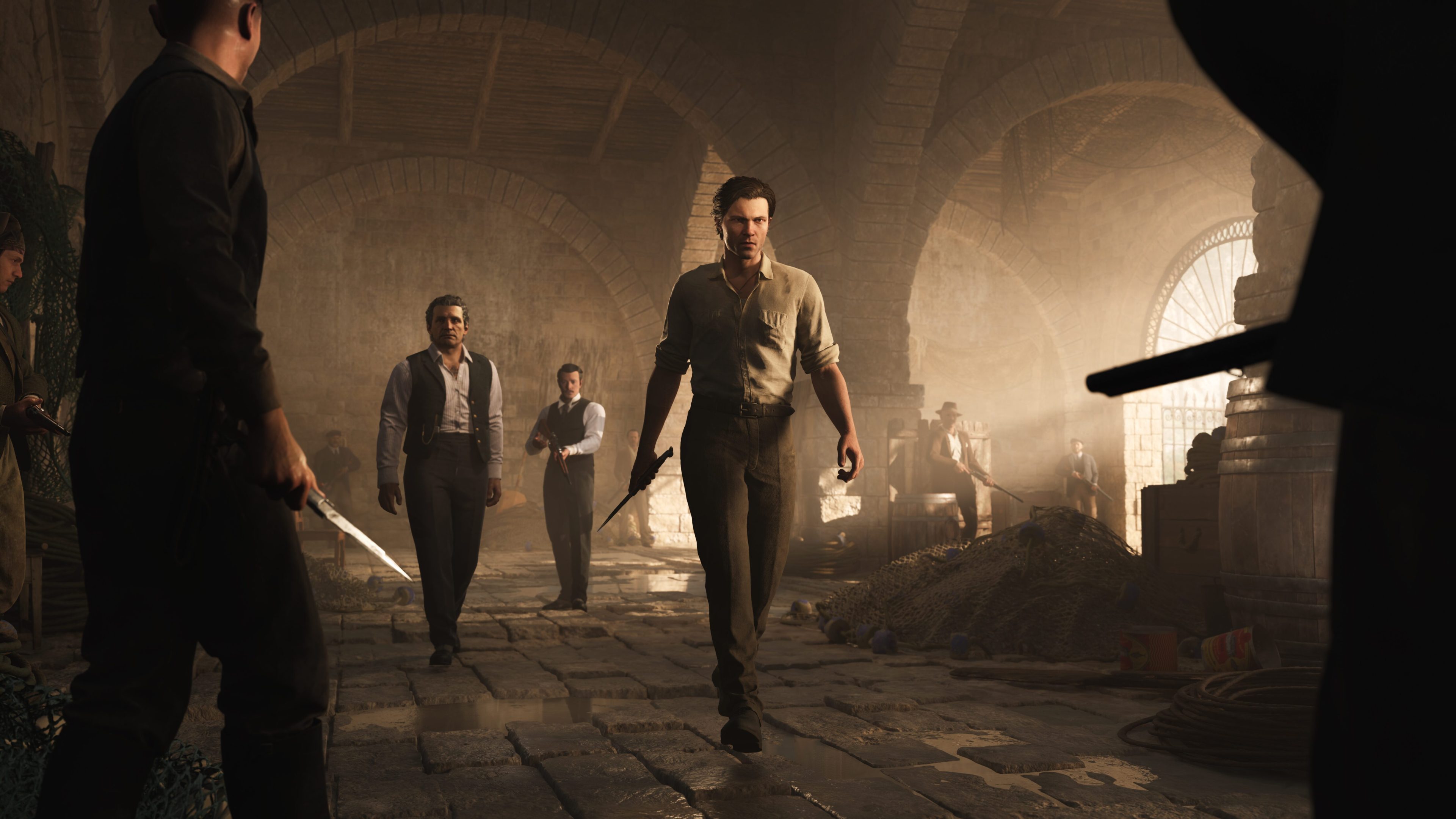Well, folks, it’s finally happened: Microsoft has teamed up with Asus to bless us with the “ROG Xbox Ally range” — yes, that’s right, the first Xbox handhelds have arrived! Because clearly, we were all just waiting for the day when we could play Halo on a device that fits in our pockets. Who needs a console at home when you can have a mini Xbox that can barely fit alongside your keys and loose change?
Let’s take a moment to appreciate the sheer brilliance of this innovation. After years of gaming on a screen that’s bigger than your average coffee table, now you can squint at a miniature version of the Xbox screen while sitting on the bus. Who needs comfort and relaxation when you can sacrifice your eyesight for the sake of portability? Forget about the stress of lugging around your gaming setup; now you can just carry a glorified remote control!
And how about that collaboration with Asus? Because when I think of epic gaming experiences, I definitely think of a partnership that sounds like it was cooked up in a boardroom over a cold cup of coffee. “What if we took the weight of a console and squeezed it into a device that feels like a brick?” Genius! The name “ROG Xbox Ally” even sounds like it was generated by an AI trying too hard to sound cool. “ROG” is obviously for “Really Over-the-Top Gaming,” and “Ally” is just the polite way of saying, “We’re in this mess together.”
Let’s not overlook the fact that the last thing we needed in our lives was another device to charge. Who doesn’t love the thrill of realizing you forgot to plug in your handheld Xbox after a long day at work? Nothing screams “gaming freedom” quite like being tethered to a wall outlet while your friends are enjoying epic multiplayer sessions. Who wouldn’t want to take their gaming experience to the next level of inconvenience?
Speaking of multiplayer, you can bet that those intense gaming sessions will be even more fun when you’re all huddled together, squinting at these tiny screens, trying to figure out how to communicate when half your friends can’t even see the action happening. It’s a whole new level of bonding, folks! “Did I just shoot you, or was that the guy on my left? Let’s argue about it while we all strain our necks to see the screen.”
In conclusion, as we welcome the ROG Xbox Ally range into our lives, let’s take a moment to appreciate the madness of this handheld revolution. If you’ve ever dreamed of playing your favorite Xbox games on a device that feels like a high-tech paperweight, then congratulations! The future is here, and it’s as absurd as it sounds. Remember, gaming isn’t just about playing; it’s about how creatively we can inconvenience ourselves while doing so.
#ROGXboxAlly #XboxHandheld #GamingInnovation #PortableGaming #TechHumorWell, folks, it’s finally happened: Microsoft has teamed up with Asus to bless us with the “ROG Xbox Ally range” — yes, that’s right, the first Xbox handhelds have arrived! Because clearly, we were all just waiting for the day when we could play Halo on a device that fits in our pockets. Who needs a console at home when you can have a mini Xbox that can barely fit alongside your keys and loose change?
Let’s take a moment to appreciate the sheer brilliance of this innovation. After years of gaming on a screen that’s bigger than your average coffee table, now you can squint at a miniature version of the Xbox screen while sitting on the bus. Who needs comfort and relaxation when you can sacrifice your eyesight for the sake of portability? Forget about the stress of lugging around your gaming setup; now you can just carry a glorified remote control!
And how about that collaboration with Asus? Because when I think of epic gaming experiences, I definitely think of a partnership that sounds like it was cooked up in a boardroom over a cold cup of coffee. “What if we took the weight of a console and squeezed it into a device that feels like a brick?” Genius! The name “ROG Xbox Ally” even sounds like it was generated by an AI trying too hard to sound cool. “ROG” is obviously for “Really Over-the-Top Gaming,” and “Ally” is just the polite way of saying, “We’re in this mess together.”
Let’s not overlook the fact that the last thing we needed in our lives was another device to charge. Who doesn’t love the thrill of realizing you forgot to plug in your handheld Xbox after a long day at work? Nothing screams “gaming freedom” quite like being tethered to a wall outlet while your friends are enjoying epic multiplayer sessions. Who wouldn’t want to take their gaming experience to the next level of inconvenience?
Speaking of multiplayer, you can bet that those intense gaming sessions will be even more fun when you’re all huddled together, squinting at these tiny screens, trying to figure out how to communicate when half your friends can’t even see the action happening. It’s a whole new level of bonding, folks! “Did I just shoot you, or was that the guy on my left? Let’s argue about it while we all strain our necks to see the screen.”
In conclusion, as we welcome the ROG Xbox Ally range into our lives, let’s take a moment to appreciate the madness of this handheld revolution. If you’ve ever dreamed of playing your favorite Xbox games on a device that feels like a high-tech paperweight, then congratulations! The future is here, and it’s as absurd as it sounds. Remember, gaming isn’t just about playing; it’s about how creatively we can inconvenience ourselves while doing so.
#ROGXboxAlly #XboxHandheld #GamingInnovation #PortableGaming #TechHumor
















